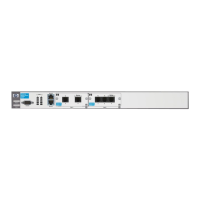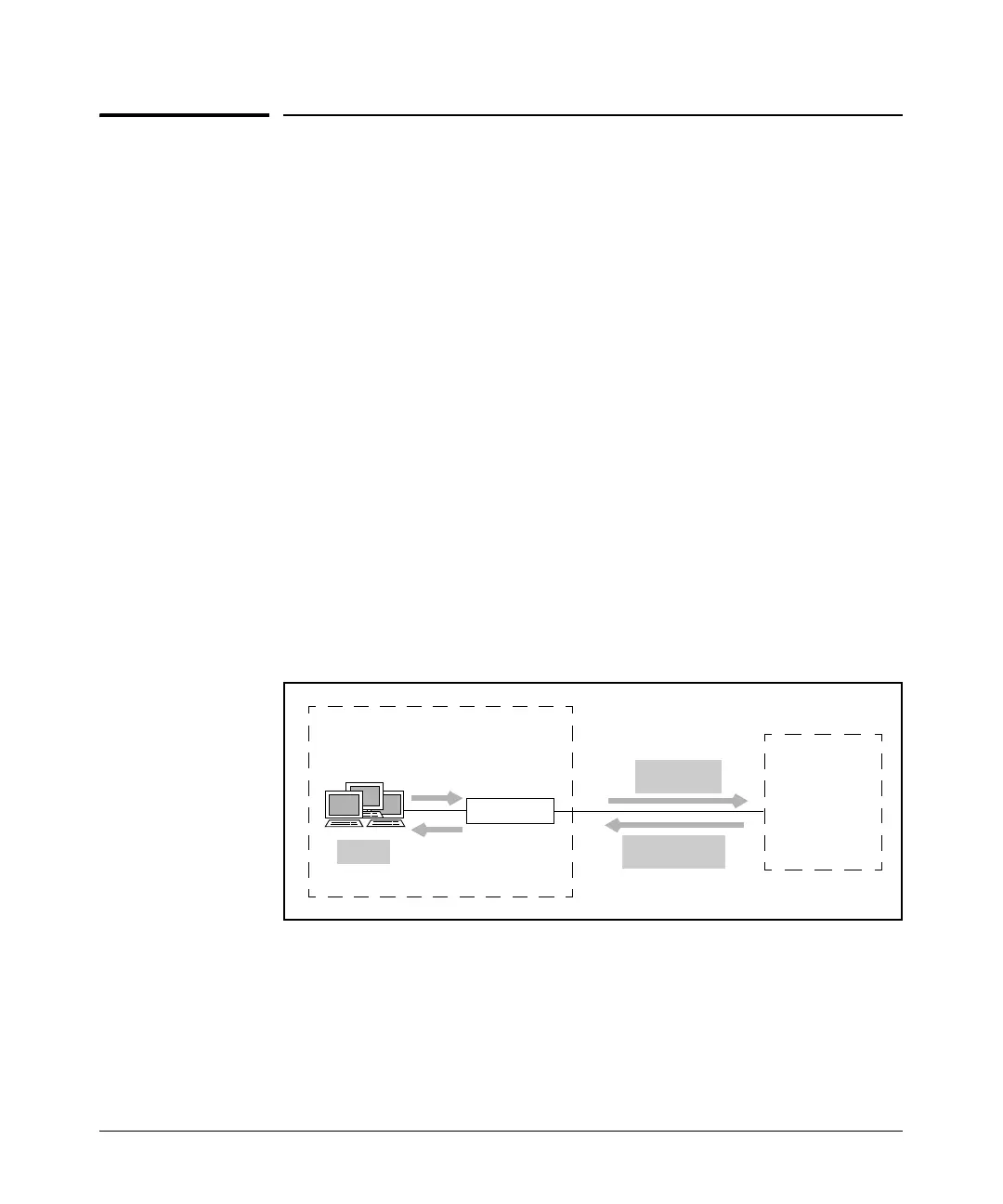7-4
ADSL WAN Connections
ADSL Overview
ADSL Overview
Digital Subscriber Line (DSL) technologies provide high-speed wide area
network (WAN) connections—typically for a lower cost than older WAN
technologies such as E1- or T1-carrier lines. A variety of DSL technologies
have been developed, and these technologies are sometimes collectively
referred to as x-type DSL, or xDSL. The “x” is replaced with one to three letters
that represent a particular type of DSL, such as:
■ ADSL, or asymmetric DSL
■ HDSL, or high bit-rate DSL
■ SHDSL, or single wire HDSL
■ READSL, or reach extended ADSL
■ VDSL, or very high bit-rate DSL
The various types of xDSL operate at different speeds. They also differ in how
much bandwidth is dedicated to upstream and downstream transmissions.
Downstream refers to the traffic being sent from the public carrier’s central
office (CO) to the customer’s premises, as shown in Figure 7-1. Upstream
refers to the traffic being sent from the customer’s premises to the public
carrier’s CO.
Figure 7-1. Upstream and Downstream Transmissions
If a DSL technology transmits data at the same speed both upstream and
downstream, it is symmetric. If a DSL technology provides different transmis-
sion speeds for upstream and downstream, it is asymmetric.
Public Carrier’s
Central Office (CO)
Customer’s Premises
WAN router
LAN
Downstream
Upstream

